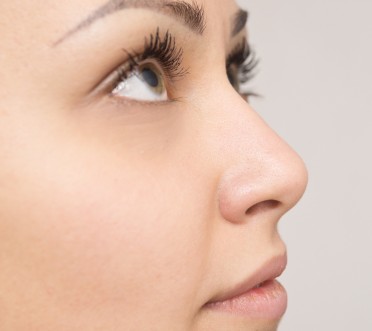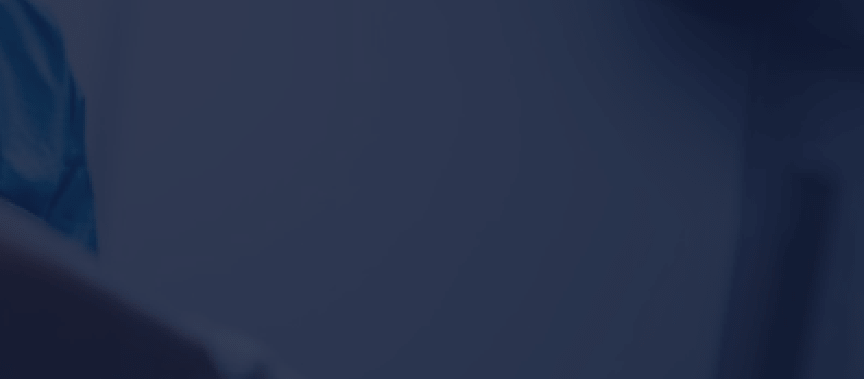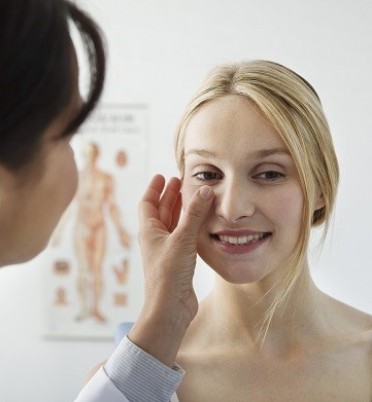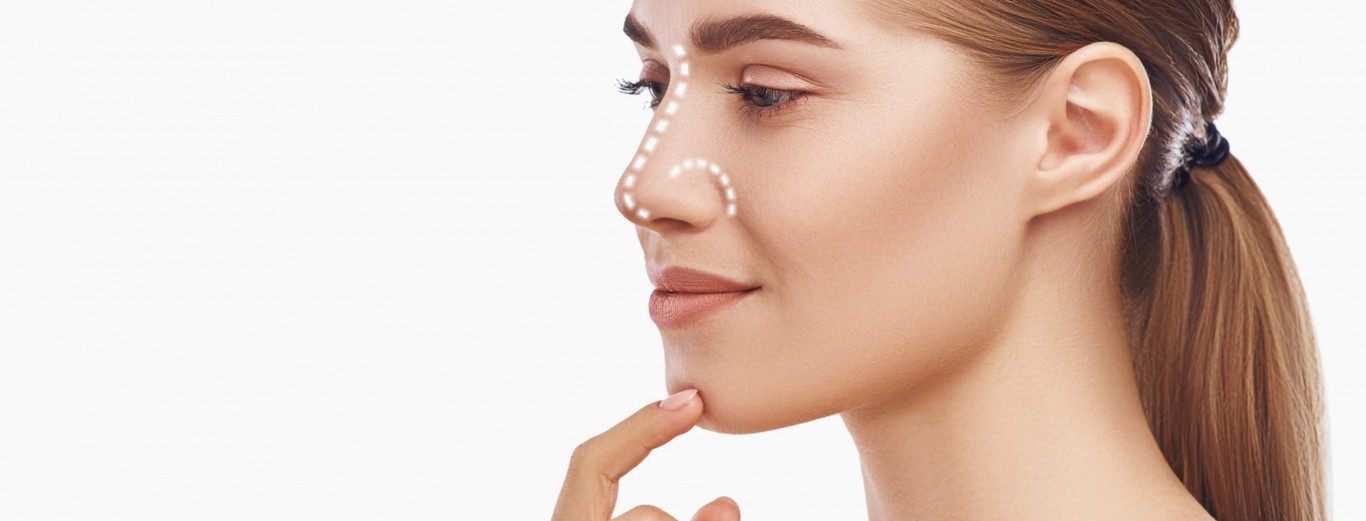Procedures
Body

Indication
Primary Rhinoplasty
This is surgery for reshaping of nose in a patient who has never undergone nasal surgery before.
Indications of Primary Rhinoplasty :
1. Congenital defects like secondary cleft lip nose deformity
2. Traumatic disruption of normal structure of nose so that the nose is asymmetrical.
3. Purely cosmetic reasons like hump correction, length correction, or for decrease in height of nose etc.
4. Correction of structural as well as functional deformity (deviated nasal septum with crooked or off-center dorsum , or damaged valves)
5. Nasal tip ; drooping, rotating, boxy, bulbous or bifid.
6. Excessively flared or pinched nostrils
Secondary Rhinoplasty
A secondary rhinoplasty or "revision rhinoplasty." is corrective nasal surgery that serves to alter the form and/or function of the nose after a previous rhinoplasty.Secondary aesthetic and reconstructive nasal re-shaping is indicated for cosmetic or functional deformities not properly treated or made worse from the primary operation.
Patients request secondary rhinoplasty to address specific imbalances that persist, are newly created, or that have become more severe. Often the nose is imbalanced or in disharmony with the rest of the facial features due to an un-anticipated healing complication, improper, or incomplete surgical manoeuvres.
Common Indications for Secondary Rhinoplasty:
- Nasal airway obstruction
- Collapse of cartilage or nasal bones
- Artificial cosmetic appearance to nose ("Overdone nose job")
- Internal and external nasal valve collapse
- Worsened asymmetry
- Over reduction or inadequate reduction of dorsal height (bridge height/hump)
- Incomplete shaping (not enough of a cosmetic change)
- Excessive or inadequate tip projection
- Excessively narrowed nasal tip ("pinched tip")
- Excessive internal and/or external scarring (thickened scar tissue)

What does the procedure achieve?
Rhinoplasty (Greek: Rhino = nose + Plasty = to shape), commonly known as a nose job, is a plastic surgery procedure for correcting the form (shape), restoring the function (breathing), and aesthetically(cosmetically) enhancing the nose.
While there is no one ideal nose that is suitable for all face types, having the rhinoplasty procedure done can deliver dramatic results for individuals who wish to improve the appearance and function of their nose. Aesthetics isn't the only reason people undergo rhinoplasty. Traumatic injuries to the nose, some types of cancer or birth defects can lead to decreased function of the nose, making breathing difficult, painful or even impossible without corrective surgery.
Contraindication
Any adult (>18 years of age) with perceived aesthetic issues or birth defect can opt for it. As the nasal cartilage is growing till the age of 18 years it is advisable to delay any corrective surgery of nose till this time. In extreme cases where there is severe breathing difficulty, it can be performed at 14 - 16 years of age.. Regardless of the reason for surgery, we recommend that girls wait until age 14 or 15, and that boys wait a few additional years to undergo rhinoplasty. By this time, the nose should have finished growing. An emotionally mature and cooperative patient is also an essential requirement for a successful rhinoplasty.
Apart from this age criteria, any person who is medically and mentally healthy can be a suitable candidate for rhinoplasty.

Consultation
First and foremost, is a detailed consultation to know about patient's desires and expectations, to evaluate the patient's nose and to discuss the procedure, down time and expected/unexpected complications with the patient. Your expectations and goals need to be appropriate and thoroughly discussed with your surgeon. It may be helpful to bring in photos of your nasal appearance prior to your previous operation.
In patients with nasal skin of average thickness, small imperfections in the underlying nasal skeleton remain hidden and are difficult to detect. However, in patients with ultra-thin nasal skin, even small skeletal imperfections can become visible and spoil the cosmetic outcome. For this reason, the thin-skinned rhinoplasty patient is regarded as among the most challenging in cosmetic nasal surgery. At the other end of the spectrum, in patients with thick skinned noses, any changes made in the osteocartilagenous skeleton of the nose may not be clearly visible on the outside as they are hidden by the thick skin.
Anaesthesia
Rhinoplasty can be performed under local anaesthesia with local nerve blocks with or without sedation or under general anaesthesia.
Time For Procedure
Depending on the extent and nature of procedure a nose job may take as less as 1 hour, but in most cases may take upto 4 hours.Complications
Rhinoplasty is usually a safe surgical procedure, but as with any surgery, things can go wrong. The most common risks during a rhinoplasty procedure are excessive bleeding or an adverse reaction to the anaesthesia. Another risk regarding cosmetic rhinoplasty is that you may be unhappy with the result and may need revision surgery. Asymmetry, possible recurrence of deformity and difficulty in breathing are other possible complications.
One must wait atleast six months to one year as healing from previous surgery continues for long time. Swelling takes long time to settle in the nose. Once swelling and stiffness of tissues settle completely that is the time when one should intervene.






